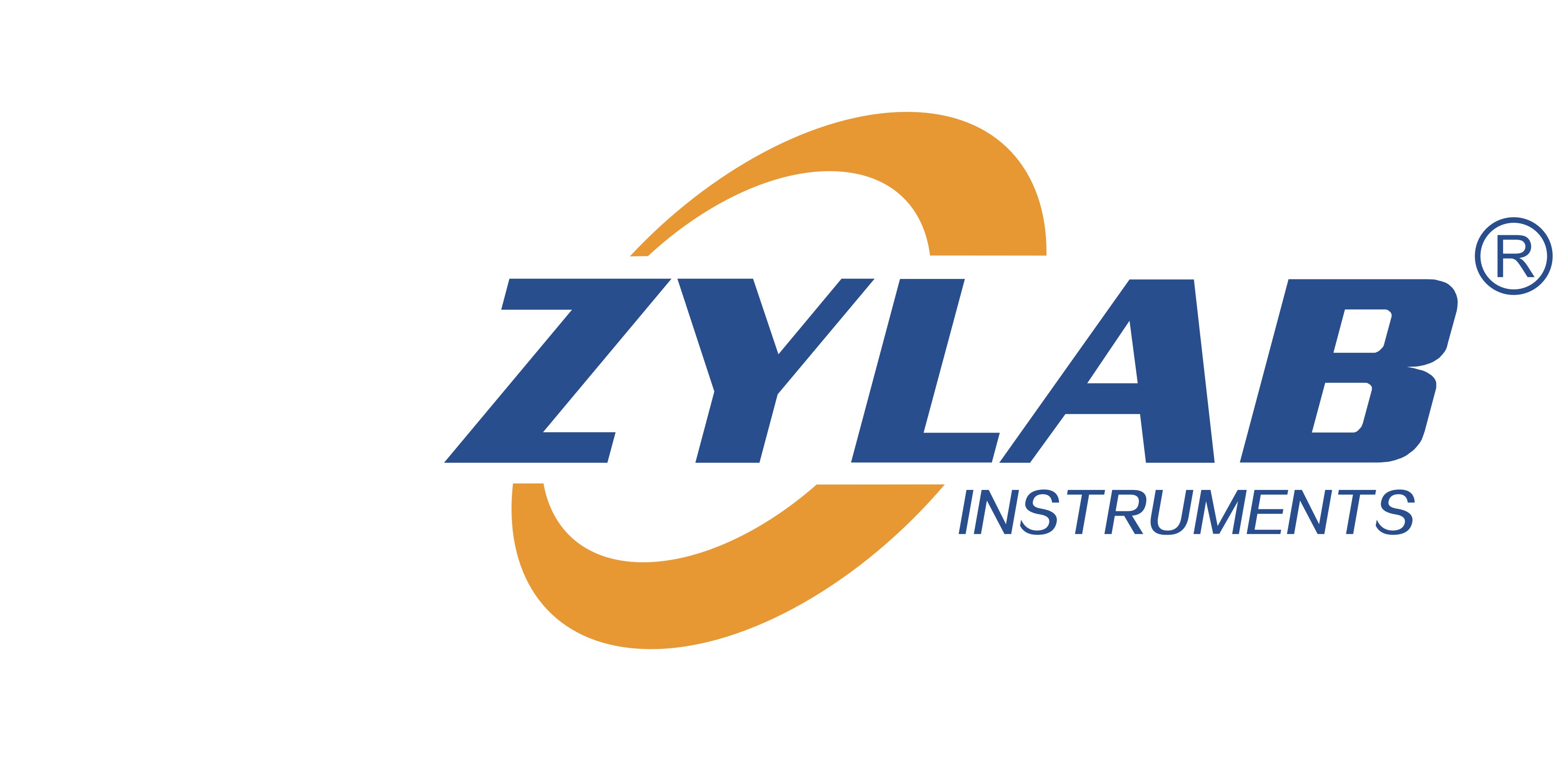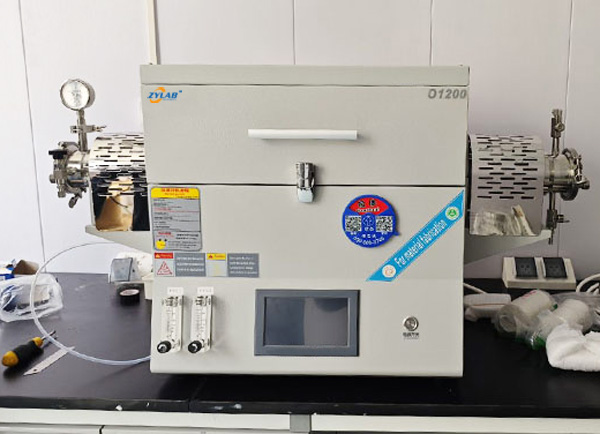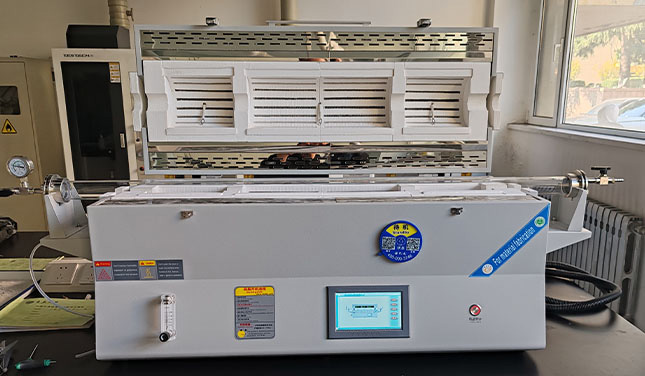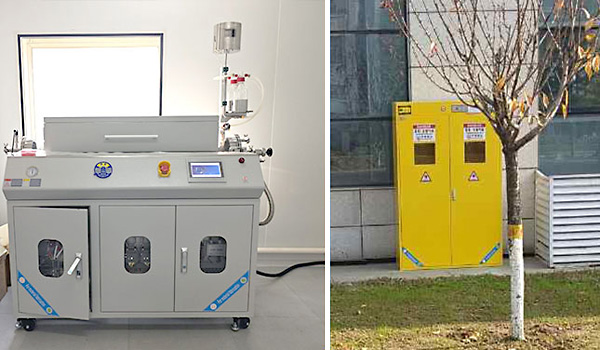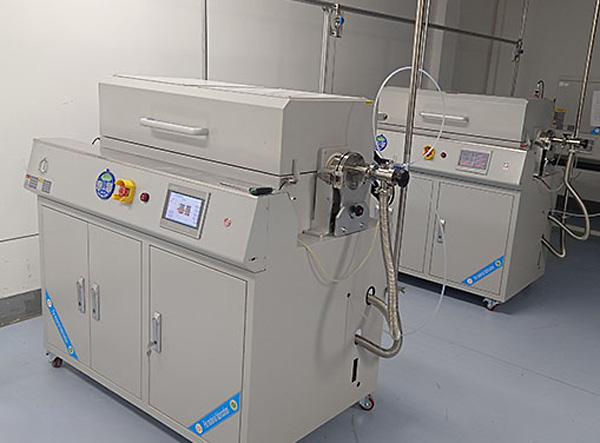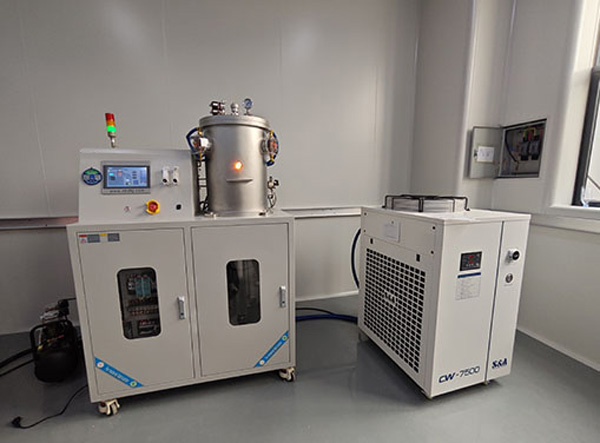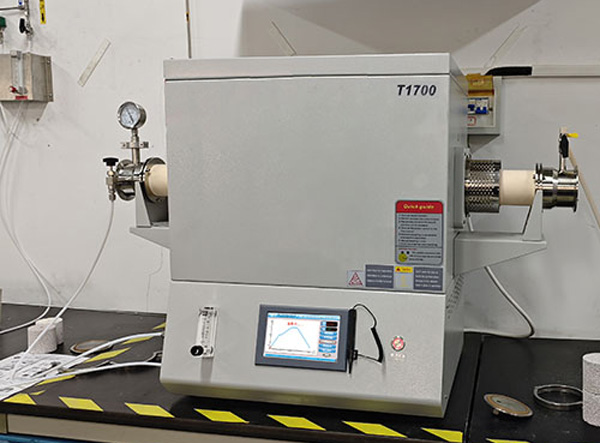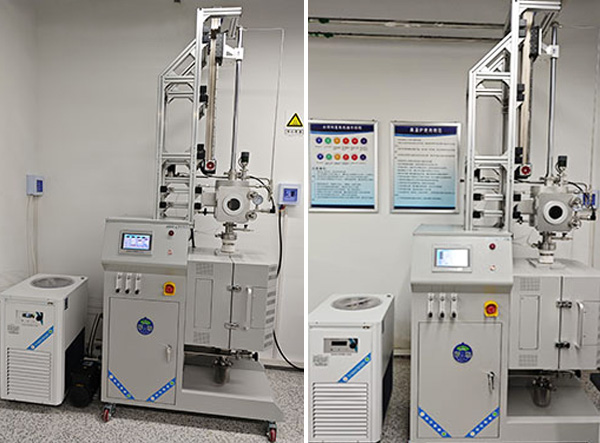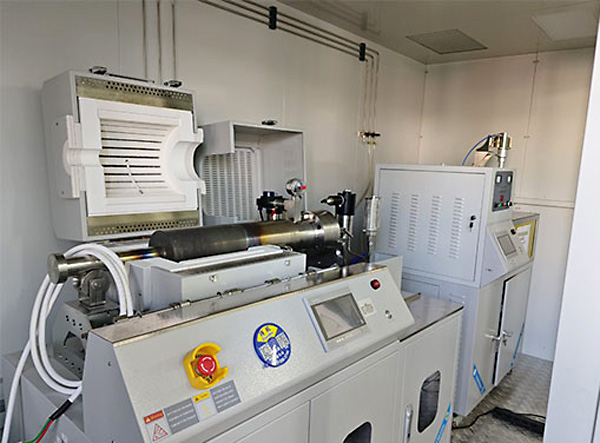Tube furnaces are indispensable in the development of advanced ceramic powder materials due to their precise temperature control, atmospheric versatility, and uniform heating capabilities. Whether for synthesis, calcination, sintering, or surface modification, tube furnaces enable researchers to achieve high-quality ceramic powders tailored for cutting-edge applications.
Category Archives: Thermal Processing
1200°C top-open tube furnaces are essential tools in material science and high-temperature research. These furnaces provide precise heating capabilities under controlled atmospheres, making them ideal for applications such as material synthesis, heat treatment, and chemical processes.
In the field of materials science and metallurgy, hydrogen reduction furnaces play a critical role in the purification and reduction of precious metals. These furnaces provide a controlled high-temperature environment under a hydrogen atmosphere, facilitating the removal of oxides and other impurities from valuable metals such as gold, silver, platinum, palladium, and rhodium.
Box furnaces are indispensable tools in the research and development of new conductive silver paste materials. Their precise temperature control, customizable atmospheres, and consistent batch processing capabilities enable researchers to optimize material properties for various high-tech applications.
A 1500°C high vacuum tube furnace is a crucial tool in this field, offering a controlled high-temperature environment essential for fabricating high-purity nanomaterials with tailored properties.
A vacuum atmosphere tungsten heating furnace plays a crucial role in achieving high-purity, high-performance metallic materials by providing an ultra-clean, controlled environment for sintering, annealing, and heat treatment.
The 1200°C programmable muffle furnace is a fundamental tool in new material research, enabling precise heat treatments for ceramics, MMCs, and other advanced materials. Its applications in sintering, annealing, and decomposition studies support the development of high-performance materials for industries such as aerospace, electronics, and energy storage.
Material synthesis and thermal treatment are fundamental in developing nanomaterials, battery materials, ceramics, and other high-performance materials. The 1700°C Tube Furnace plays a critical role in these processes by providing precise temperature control, vacuum and atmosphere protection, and uniform heating.
In the field of advanced materials research and manufacturing, fatigue performance testing and heat treatment are essential processes to ensure material durability and reliability.
The vertical fatigue gas quenching furnace is a specialized high-temperature furnace designed for precision thermal processing, particularly in fatigue testing and quenching applications.
This specialized furnace enables controlled sintering, chemical reactions, and phase transformations under extreme conditions, offering significant advantages in material development, energy applications, and fundamental scientific research.
